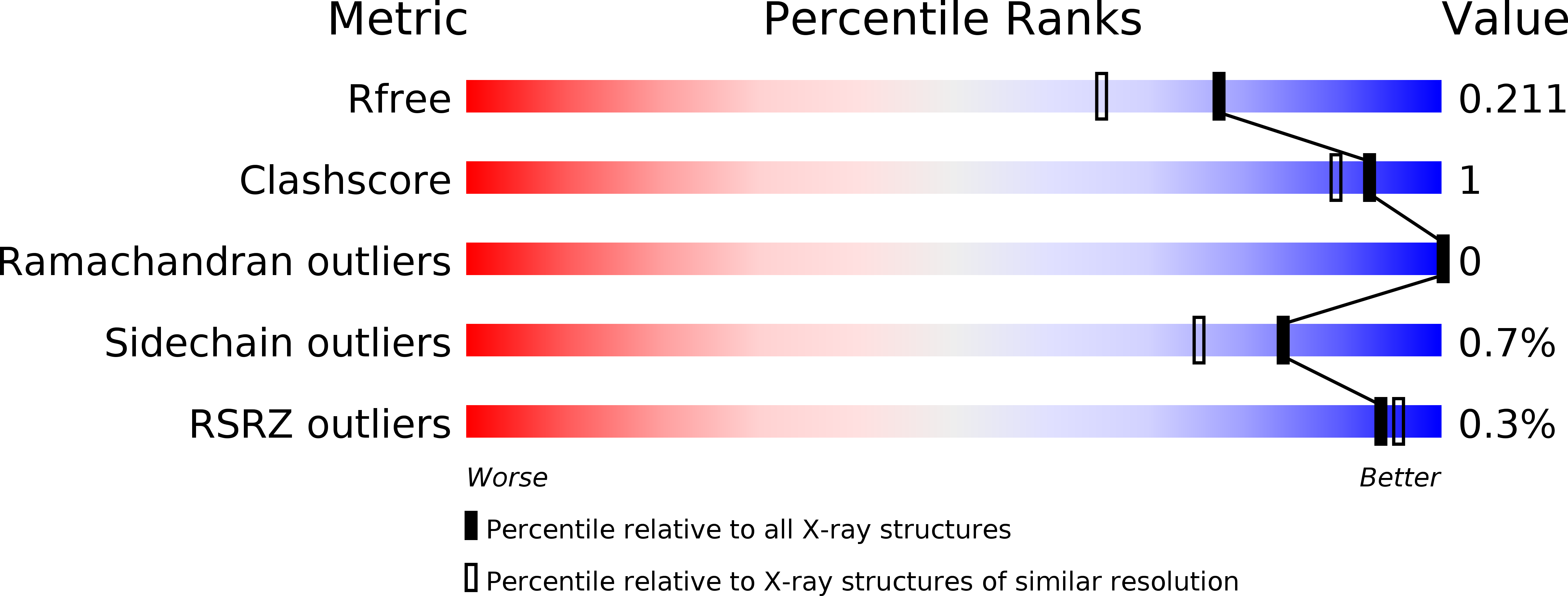
Deposition Date
2010-12-14
Release Date
2012-01-04
Last Version Date
2024-10-16
Entry Detail
PDB ID:
3PZR
Keywords:
Title:
Crystals structure of aspartate beta-Semialdehyde dehydrogenase from Vibrio Cholerae with NADP and product of S-carbamoyl-L-cysteine
Biological Source:
Source Organism:
Vibrio cholerae (Taxon ID: 666)
Host Organism:
Method Details:
Experimental Method:
Resolution:
1.75 Å
R-Value Free:
0.21
R-Value Work:
0.18
R-Value Observed:
0.18
Space Group:
P 4 21 2


